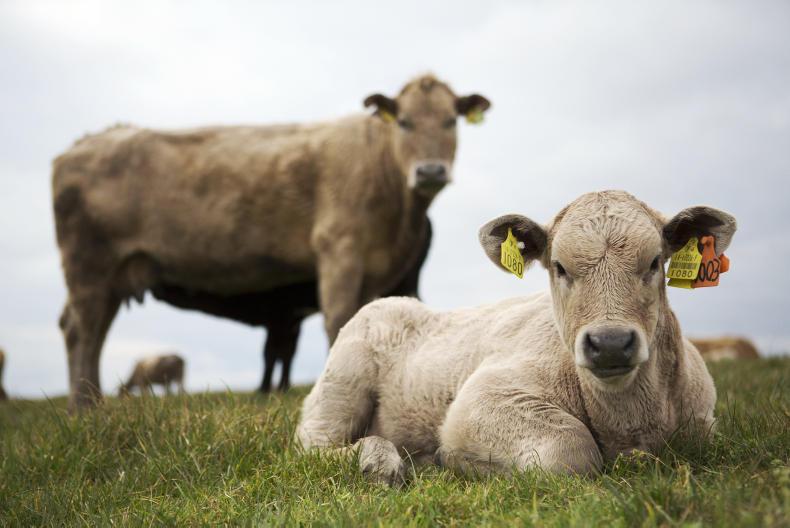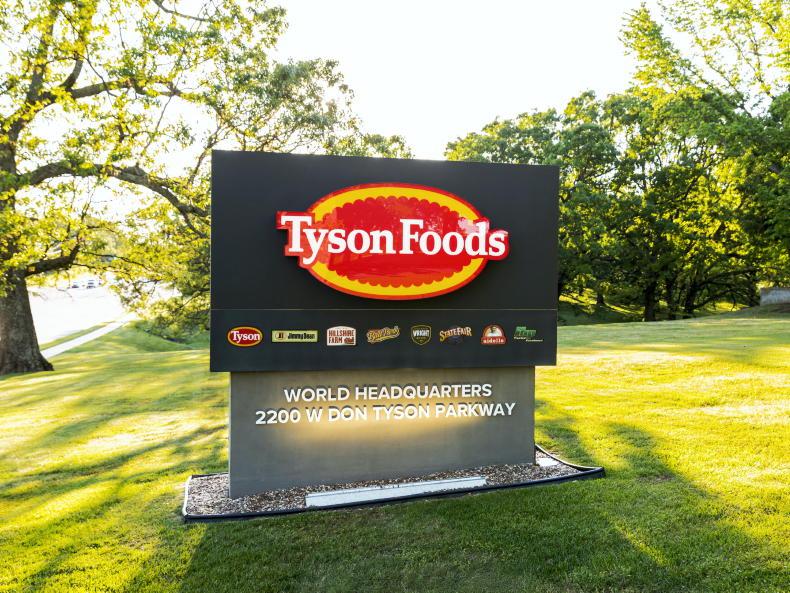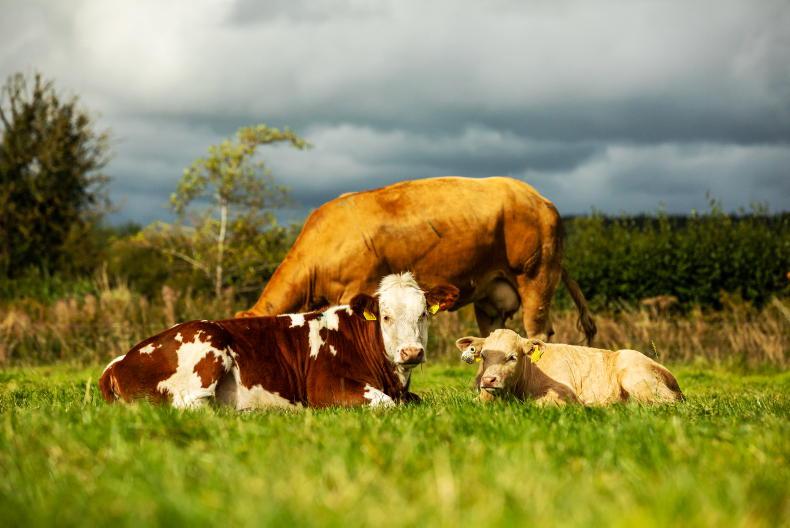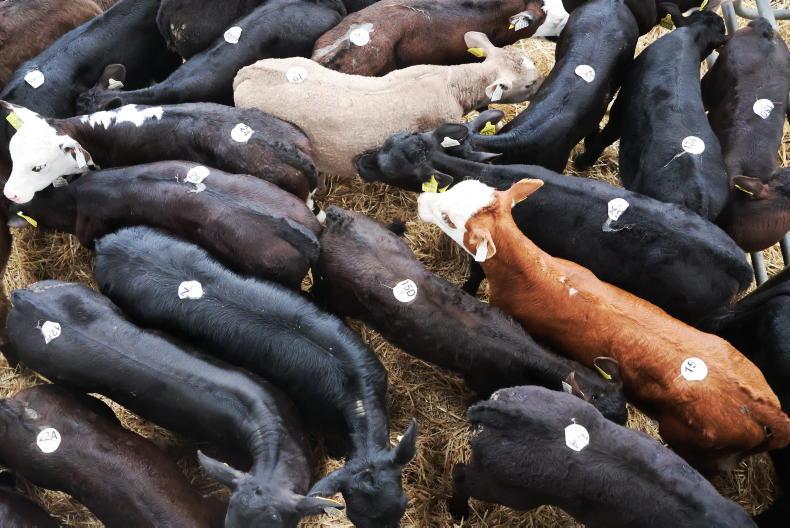As part of the campaign to increase support for the suckler cow, earlier this year the IFA commissioned University College Cork to conduct a study to review the importance of the Irish suckler cow sector to the Irish economy and wider society. The study highlights the size and significance of the suckler beef sector in Ireland and outlines the opportunities and challenges facing the sector. In this article Prof Thia Hennessy provides an overview of the key findings of the report authored by her and colleagues at UCC.
A large and important indigenous sector
The beef sector in Ireland is very significant, accounting for over one-third of all agricultural output and over 20% of total Irish food and drink exports. The agri-food sector in general provides direct and indirect employment to more than 300,000 people with more than 13,000 employed in the meat processing sector alone.
The value of beef exports is growing and exceeded €2.6bn in 2017. Domestic consumption of Irish beef accounted for a further €230m last year. In all, the value of the Irish beef sector is estimated to be almost €2.9bn.
The large and productive beef sector is supported by a suckler cow herd of approximately 1m cows according to CSO data, although recent reports based on the Department of Agriculture’s Animal Movement Identification System put the figure closer to 900,000.
The suckler cow herd is distributed throughout the country but is particularly dominant in the west. The important regional presence of the suckler cow sector is reflected in the fact that suckler cows account for over 80% of cows in the west, with the figure in excess of 90% in some counties.
Cattle farmers make a considerable contribution to the Irish local economy both through the inputs they purchase and the outputs produced. It is estimated that the 77,738 specialised cattle farmers in Ireland spend over €1.5bn annually on agri-inputs, most of which is spent in the local rural economy.
Economic impact of the beef sector
The economic impact of agriculture and beef in particular is considerable and exceeds that of many other sectors in the Irish economy, meaning that an increase in output in the beef sector generates relatively more economic activity than a comparable increase in other industrial sectors.
Indeed, the multiplier effect for the beef sector is greater than that of the agriculture sector in general – that is to say that a €1m increase in beef sector output would generate a further €2.11m in the wider economy. The comparative figure for the agriculture sector more generally is €1.44m. Direct payments made to farmers also make a substantial contribution to the wider rural economy as farmers use these payments to purchase inputs and to generate output that leads to further economic activity. Previous research has estimated that every €1 of direct payments to cattle farmers supports €4.28 of output in the wider economy.
The social impact
In addition to the economic impact, suckler farmers contribute to wider societal sustainability, particularly as they are often located in marginal or economically disadvantaged areas, where their presence is vital to the social fabric and cultural capital.
They produce public goods such as protection of the environment and biodiversity and the preservation of the landscape and unique features such as stone walls and hedgerows, all of which positively contribute to the image of rural Ireland and rural tourism.
Previous research has shown that extensive grass-based farm systems, such as suckler cow farming, deliver higher levels of public goods.
Punching above our weight
For a small island on the edge of Europe, Ireland punches above its weight when it comes to beef exports. Ireland is the largest exporter of beef in the EU and the sixth largest exporter of beef in the world.
The national suckler herd is of fundamental importance to Ireland’s reputation as a major exporter of high-quality prime beef. Cattle from the suckler herd generally have a superior grading profile and heavier weight for age resulting in higher saleable meat yield and higher value cuts.
The prevalence of Irish-owned companies in the beef sector and the relatively low reliance of beef farming and meat processing on imported inputs means that beef exports make a major contribution to net foreign earnings in the Irish economy. It is estimated that every €100 of exports from the biosector, which includes beef, generates €48 in net foreign earnings, while the non-biosector contributes €19.
Opportunities
Consumers worldwide are becoming increasingly concerned about the sustainability of food production.
This provides a unique opportunity for Ireland as we produce some of the world’s most sustainable beef. The carbon footprint of beef production in Ireland is well below the European average, it is the fifth lowest in Europe and is almost one-quarter of the Brazilian footprint.
The Beef Data and Genomics Programme (BDGP) is delivering further carbon efficiencies, with the ICBF estimating that by 2030 the genetic gain achieved through the programme will reduce greenhouse gas emissions by 14% per kg of beef produced.
There are many positives around the sustainable system of Irish beef production. The UN placed Ireland as the most water-efficient global producer of food, with a 0.2% stress rating. Other international studies have shown that Ireland is the most nitrogen efficient producer of livestock products in Europe.
Animal welfare in Ireland is extremely high by global standards. Growth promoters and hormone treatments are forbidden and our clean, green image is a major marketing strength internationally.
Furthermore, grass-fed beef has been proven to be healthier, lower in fat with a content of two to six times more Omega-3 fatty acids and as such demand for grass-fed beef is growing especially in affluent markets.
The economic outlook is for continued growth in the global demand for beef, with the OECD/FAO projecting that global consumption of beef will grow by 9% by 2026.
Ireland is well positioned to exploit this opportunity, given our strong sustainability credentials and export focus. The recent opening of the Chinese and American markets for Irish beef is also a positive development, especially in light of the potential threats posed by Brexit.
Challenges
Notwithstanding the economic importance of the beef sector to the wider Irish economy and its continued success on international export markets, the beef industry is underpinned by a farm sector facing considerable economic difficulties.
The income situation on cattle farms in Ireland remains challenging, with the Teagasc National Farm Survey showing an average farm income of just €12,529 on cattle-rearing farms in 2017. On average, costs of production exceed market prices, and the reliance on direct payments is critical. Without a substantial increase in beef prices and/or improvements in efficiency levels, the vast majority of cattle farmers will continue to rely on direct payments.
Furthermore, a number of threats loom on the horizon for the future of the Irish beef sector.
Brexit and other international trade agreements such as Mercosur threaten future trade patterns and ultimately farm-level prices. The impending reform of the Common Agricultural Policy may also affect the value of direct payments to farmers.
The impact of climate change policy on the ability of the sector to exploit future market opportunities is a further constraint as Ireland is committed to a number of international agreements to reduce greenhouse gas emissions. In the context of sustainable food production, however, international carbon leakage is a major concern.
Carbon leakage occurs if Ireland reduces the production of beef to meet international policy commitments, but less carbon efficient countries increase beef production to satisfy growing international demand.
The very difficult income situation on Irish suckler farms is unsustainable and is already resulting in individual farmers reducing animal numbers leading to a loss in beef output, export values and employment.
It is estimated that a 10% contraction in the suckler cow herd would lead to a loss in beef output of €145m and a loss of total output in the economy of €305m. Furthermore, over 2,000 jobs would also be lost.
A contraction in the Irish suckler cow herd may also lead to land abandonment in marginal areas, causing a loss of natural landscape features, biodiversity and a contracting rural community.
The Irish suckler cow sector is at a critical juncture. A number of factors threaten its future development and sustainability. Without positive action it is most likely that these factors will lead to a contracting national suckler cow herd.
This will have implications for the large farming community engaged in suckler farming, the vibrancy of rural areas, the agri-input sector, employment in the beef processing sector and the value of exports from Ireland.
These negative implications will be most harshly felt in the west of Ireland and particularly in local economies and communities where there may be limited alternative economic opportunities.










SHARING OPTIONS